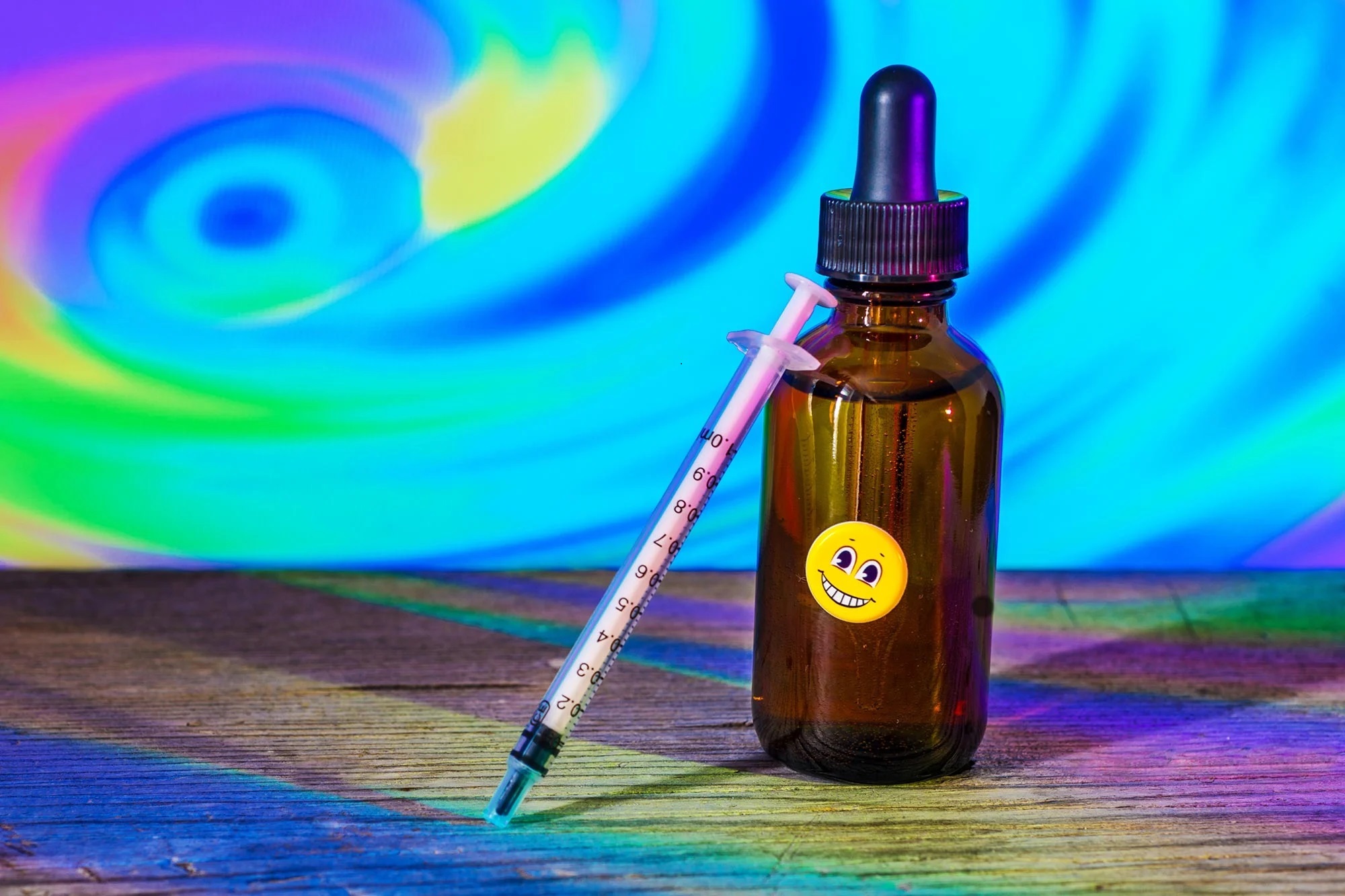Psilocybe mexicana is a psychedelic mushroom in the Psilocybe genus. Its first known usage was by the natives of Central America and North America over 2,000 years ago. It has been found to contain both psilocybin and psilocin.
Liquid psilocybin is another way of taking magic mushrooms. It’s made by extracting psilocybin, the naturally occurring psychedelic drug found in mushrooms like liberty caps, and is a clearish pale brown colour. It comes in vials (small bottles).
Psilocybe mexicana, first described by R. Heim in 1957, can be differentiated from closely related species by the presence of hyaline pleurocystidia and cheilocystida and of rhomboid or subrhomboid spores more than eight microns in length, by a lack of annulus, and by its propensity to stain blue or to fade to blackish when dried or damaged (Guzman 1983 78). At a very basic level of identification, hallucinogenic Psilocybe species can be distinguished from nonhallucinogenic Psilocybe species by their tendency in almost all cases to oxidize blue, by their farinaceous odor and taste (Guzman 2008 408), and by the fact that they grow only in acid media (Guzman 1983 26). P. mexicana is found in the states of subtropical Mexico and Guatemala (Stamets 129-130) at elevations between 1000 and 2000 meters (Guzman 1983 30) and exhibits seasonality, typically fruiting between June and September. The species occurs in meadows, often in horse pastures, in soils rich in manure, or along field-deciduous forest interfaces and can exhibit both solitary and gregarious habits (Stamets 129). Although the species is not thought to engage in mycorrhizal relationships with trees, studies have reported a higher probability of the species’ occurrence in meadows with the following tree species present: sweetgum (Liquidamambar styraciflua), oak (Quercus sp.), and alders (Alnus sp.) and in river valleys and pastures bordered by sycamore (Platanus lindeniana) (Stamets 130).
Magic Mushrooms processed from…
- Panaeolus cyanescens
- Psilocybe atlantis
- Psilocybe tampanensis
- Psilocybe cyanescens
- Psilocybe cubensis
- Panaeolus subbalteatus
- Psilocybe azurescens
- Psilocybe mexicana


